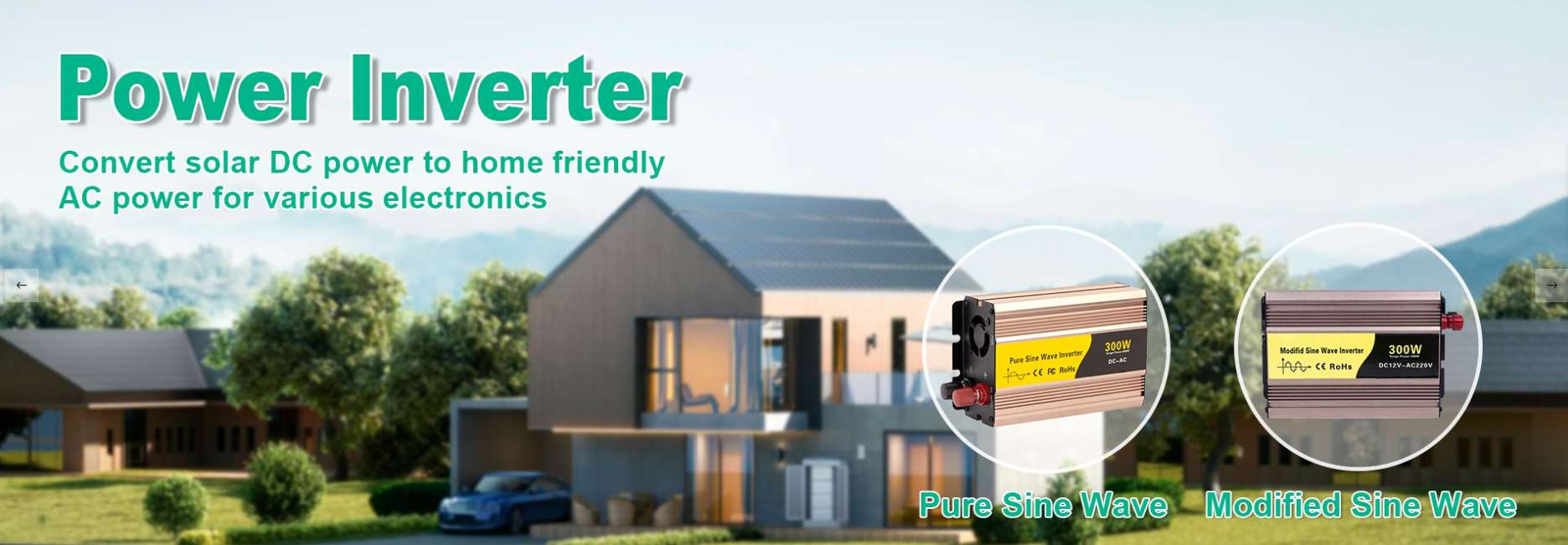

A power inverter is a crucial device that converts direct current (DC) into alternating current (AC), enabling the use of standard AC-powered devices in environments where only DC power is available. These inverters are essential in various applications, from portable consumer devices to large-scale power generation systems.
The design of a power inverter can vary widely, with different input and output voltages, frequencies, and power handling capabilities. Common input voltages include 12 V DC for smaller inverters, 24, 36, and 48 V DC for home energy systems, and higher voltages for solar panels and electric vehicle battery packs. The output waveform can be a square wave, sine wave, modified sine wave, or pulse-width modulated (PWM) wave, each with its own advantages and applications.
Power inverters are used in a variety of applications, including uninterruptible power supplies (UPS) for backup power, electric motor speed control in industrial settings, and solar power systems for converting DC power from photovoltaic panels into usable AC power. They are also integral to high-voltage direct current (HVDC) power transmission systems, where they convert DC back into AC for distribution.
The efficiency and runtime of a power inverter depend on the quality of the DC source and the power demands of the connected devices. Battery capacity and configuration, whether in series or parallel, also play a significant role in determining the inverter's runtime.
Power inverters are versatile devices that bridge the gap between DC power sources and AC-powered equipment, making them indispensable in modern electrical systems.



